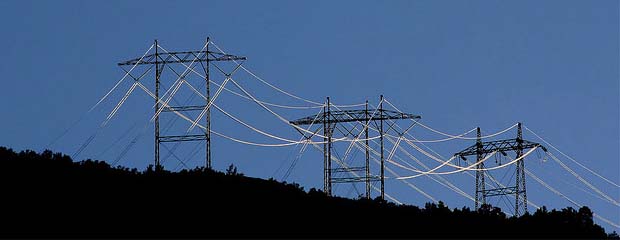Power-intensive RAS facilities are springing up across Europe just as the continent is wracked by the worst energy crisis in its history.
Power prices across Europe soared to record highs on Tuesday, as cuts to Russian gas supply arrived with significantly colder weather across Europe.
The further spike in energy prices coincided with the news that land-based farmer Salmon Evolution has entered into a fixed price agreement for a 100 per cent renewable energy supply with Norwegian state owned hydropower company Statkraft, the largest generator of green energy in Europe.
In Norway, electricity has long been one of the few things that’s cheaper than other countries, thanks to the country’s extensive access to cheap hydroelectric power.
This autumn and winter have been decidedly different, because of an unusual mix of low precipitation, even lower water levels in reservoirs, little wind and record high gas prices internationally.
It is power-intensive to pump water through pipes and tanks on land. How much power exactly that will be required per kilo of fish produced is still the subject of discussion.
According to the general manager of Ecofisk, Bjørn Inge Staalesen, the rule of thumb is that it goes between six and eight kWh per kilogram of fish produced.
Meanwhile, Sigurd Olav Handeland, professor at the Department of Life Sciences at the University of Bergen, estimates an energy requirement of 8.8-10 kWh/kg smolt. In its in-house developed RAS plant, BioFish states that it uses approximately three kwh of electricity per kilo of smolt produced.
RAS boom
As access to licenses has become the limiting factor for supply, Norway has bet big on land-based fish farms to increase production while dampening noise from the environmental lobby. But it is not alone.
SalmonBusiness has brought to light 109 different companies with far-reaching plans to farm salmon on land. The plans are to be realised in 21 different countries, including: Denmark, Finland, France, Spain and Russia with a total volume of 2.4 million tonnes globally, with close to one million ton in Norway alone.
In addition, there are the many smolt plants, many of them with RAS technology, which have been built in recent years. But this power hungry method of production comes at a time when electricity prices are reaching the highest recorded in history.
Covid recovery
As the world’s major industrial economies have begun to recover from Covid across Europe, factories and commercial activity have boomed, increasing electricity demand and with it, demand for natural gas.
However, much gas that would have gone to Europe has been diverted to the Asian market where, according to Forbes Magazine, the Chinese government has demanded that supply should be secured at any price to keep the country’s production lines rolling.
Unfortunately these developments come at a time when Europe has underinvested in power as the result of a number of strategic miscalculations going back more than a decade, as the continent bet on confidence in the spot market and the reliability of wind power.
Meanwhile, Russia has been accused of manipulating the flow of gas from the east to further ramp up prices.
Power crisis
On Tuesday this week, Russian gas flows via the Mallnow connection on the German-Polish border came to a halt, contributing to an 8 per cent spike in gas prices said a report by Montel News. Gas storage across Europe is now at less than 60 per cent of capacity, compared with 78 per cent a year ago, according to Gas Infrastructure Europe figures.
The gas crisis comes as Germany winds down the last of its 17 nuclear power plants, a decision made by former German Chancellor Angela Merkel in the wake of the Fukushima disaster in 2011, that is now coming back to haunt the country.
Meanwhile, in France, traditionally the strongest advocate for nuclear power in the EU, shares in EDF plunged last week after the French power giant found faults at a nuclear power station and shut down another plant using the same kind of reactors, putting even more pressure on power grids.
Exacerbating the challenges presented by these miscalculations has been a wind drought. For most of the summer and the fall, wind speeds were at some of the lowest levels for the past 60 years.
So what does all this mean for RAS? Will the rest of Europe be able to enact changes to secure long term cheap supply of power? They will need to if they intend to stay competitive.
Cheaper electricity
In Noway, Statnett is now advocating for building new power production.
“Without new power production, Norway will lose its advantage and fall behind the countries around us,” said Executive Vice President for Power System and Market in Statnett, Gunnar Løvås to NRK.
In the coming years, a large increase in electricity consumption is planned, among other things through electrification of oil platforms on the Norwegian shelf in the North Sea. Despite the high electricity price at the moment, Statnett expects normalization in the spring.
“But in the long run, if we do not expand power production in Norway, we will lose our advantage with lower power prices than neighboring countries. Then it will be more attractive to build new industry elsewhere,” said Løvås, who believes that power production must be increased if Norway is to have greater value creation.


